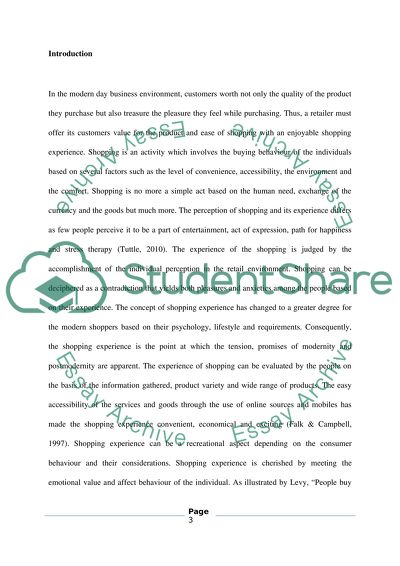Cite this document
(“Contemporary Retail Environments Essay Example | Topics and Well Written Essays - 3500 words”, n.d.)
Retrieved from https://studentshare.org/marketing/1493897-contemporary-retail-environments
Retrieved from https://studentshare.org/marketing/1493897-contemporary-retail-environments
(Contemporary Retail Environments Essay Example | Topics and Well Written Essays - 3500 Words)
https://studentshare.org/marketing/1493897-contemporary-retail-environments.
https://studentshare.org/marketing/1493897-contemporary-retail-environments.
“Contemporary Retail Environments Essay Example | Topics and Well Written Essays - 3500 Words”, n.d. https://studentshare.org/marketing/1493897-contemporary-retail-environments.


